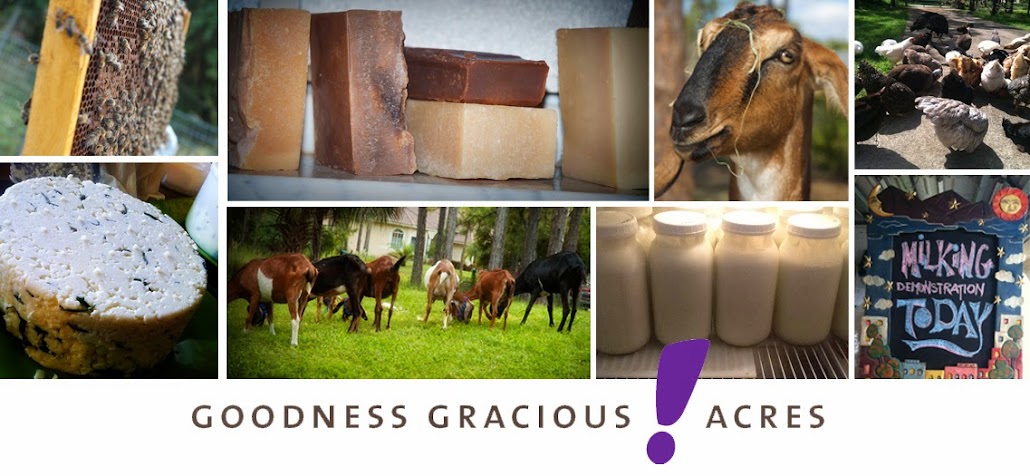I'm finding alot of scary stuff in my yard. obvious stuff like lantana everyone should know about. But what about the others? This all stems from research i've been doing for the last couple of years. And just in my own back yard. I live in S. Florida and i notice that many of the weeds, sometimes just don't look like the same weed in other areas of the country. It's hard to identify them because you don't know the names. And when you go to certain sites you need to know the names to see the pictures. Hence, you spend hours upon hours searching the database. Only to get confused. lost in the search. Or just frustrated d.
Another difficult aspect of identification is that normally these weeds never grow more than a month or two and a young weed can look totally different than an older more established looking one. Just for example, Poison ivy looks different in many different parts of the country. And even from county to county. I have this odd looking young weed that looks like bladderpod or rosary pea. But it can't be, rosary pea is extremely toxic deadly toxic. BUt i've seen piggy eating it.
The reason i'm doing this is twofold. I'm curious in general about Florida vegetations, but more so because i have livestock. And this stuff can kill.
I've seen my horse act drunk. My goats get a bit bloated. And now my pig get a serious skin rash, where all his skin is sloughing off. From a photosensitive toxin he probably ate. This episode with the pig has lasted over a month. I've had the horse colic for no reason. I have lost a dog, found dead in the canal, death unknown.
Some of these plants are acute, they eat it and either die or get really sick. Some are cumulative. Some are slightly toxic but will get more toxic the more they consume.
Other issues to consider, involve ruminants vs. monogastric (horses). There are some weeds the goats can consume. Same ones could kill the horse. Its a fine line between keeping them and not keeping them. And not just keeping them but keeping them at bay. You pull it, and i swea,r i turn around and its back.
i believe the reasoning behind goats being able to eat toxins is their rumination systems create a kind of buffer zone for the toxins. By the time its gets to their stomachs the toxins are broken down in the rumen. (just a theory i agree with) I don't think there is concrete evidence. Another thinge is because they are browsers. If they are well fed prior to letting out to browse they will never ingest enough of the toxin to kill them.Coupled with the rumen it helps them mollify the toxins. if they are starving? thats another issue because i've heard of many goats dieing from things they ate in pasture. I've always fed them their meals and then i might take them for a walk to browse. Never the other way around.
Other interesting things I've learned is that many of these weeds can create a photo sensitivity in the animals ingesting the plant. So it might not be toxic perse, but cumulative to create an allergic type reaction over time. I'm not sure this is what happened to piggy. Some of these plants will acutely create this response. If not kill them on contact.
Lantana if it doesn't kill them can cause a photosensitive reaction.
On the up side, i've also witnessed my animals self medicate. I've seen them eat only certain things for a period of days and some of these "weeds" do have therapeutic value. as do some of the trees. Bamboo is one such plant my animals love to eat.
Lobolly Pine is alot like Slash pine. I've heard the bark and sap of the LP can cause dermatitis reactions. Not so with Slash pine. The tannins in the needles can be curative. i've seen the goats and horse and pig eat these on occasion. Same with the bamboo.
This list is by no means comprehensive. And these plants are very seasonal. Sometimes only popping up after the ground has been tampered with. The eastern black nightshade only recently showed up on the ground where i had some heavy dump trucks bringing in sand for the barn. i don't know if the sand brought the seed of the nightshade, or the heavy truck disrupted the soil. Either way, i had never seen this before. The nightshade started growing where the truck had been only.
here is a list of what i've identified in my yard. The post below this are some weeds i still haven't a clue what they are.
Asterisks* known toxic.
Poison ivy*
Balsam apple*
Brazilian pepper*
Rosary pea or bladderpod* (can't tell they look alike young)
Wild bamboo
White vine
Potatoe vine* or air potatoe (pig favorite)
Wax Myrtle
Marlberry (Ardisia escallonioides)
Eastern black night shade*
Sweet clover
alsike clover * can be photosensitive
Lantana*-photosensitive
Wild spurge*-photosensitive
Cats claw
Pokeweed*
Mexican primrose yellow
Buckwheat* (though it looks like another vine too)
Horse weed*
Bracken fern*
Snow on the mountain/Fire on the mountain*
Hemp weed
Florida Plants site
Purdue university site
Cornell University site for toxic plants
beneficial plant database

No comments:
Post a Comment
Howdy from Goodness Gracious. Please leave a comment. I do enjoy them. And try to respond to all who post. Thanks for visiting.